Many people remember fashion trends of certain eras by how bizarre they were and thinking how strange it must have been to wear such things. However, many modern trends are just as peculiar and random. So, which are worse?
Old Trend
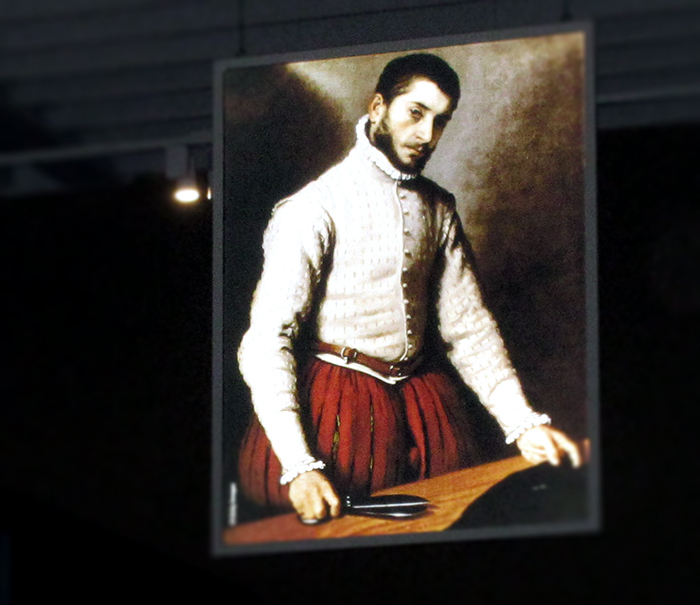
Throughout history people would stuff the insides of their clothes, to make certain parts of their bodies bigger, such as their thighs and arms. Nowadays, certain people do the opposite; they try to be as thin as they can be.
Old Trend

Shoes such as these were used for getting around public baths or dirty streets. Then they became a fashion trend. The higher the shoe, the higher the status. Some people’s shoes got so high they needed assistants to help them walk.
New Trend
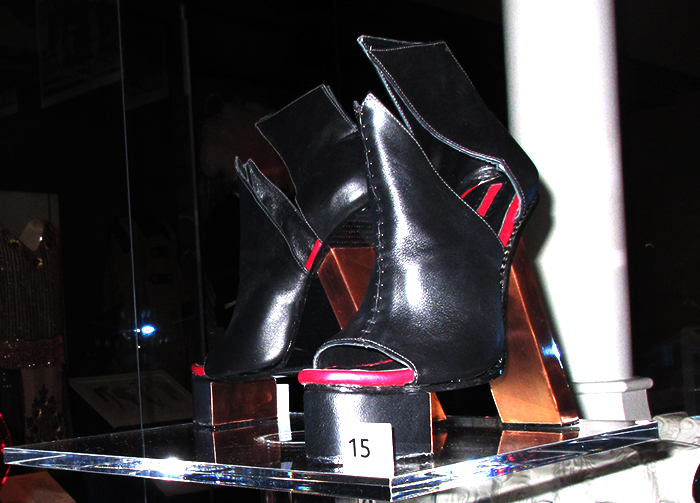
People today continue to wear shoes that are impossible to walk in, just to complement their appearance and outfits.
Old Trend

18th century Georgians would powder themselves white to appear pale, which showed they stayed indoors, meaning they were wealthy and high class. Nowadays, people spend money on giving themselves fake tans, even when they live in cold climates.
They would also apply patches to their face to cover certain diseases such as smallpox scars and exaggerate their blush.
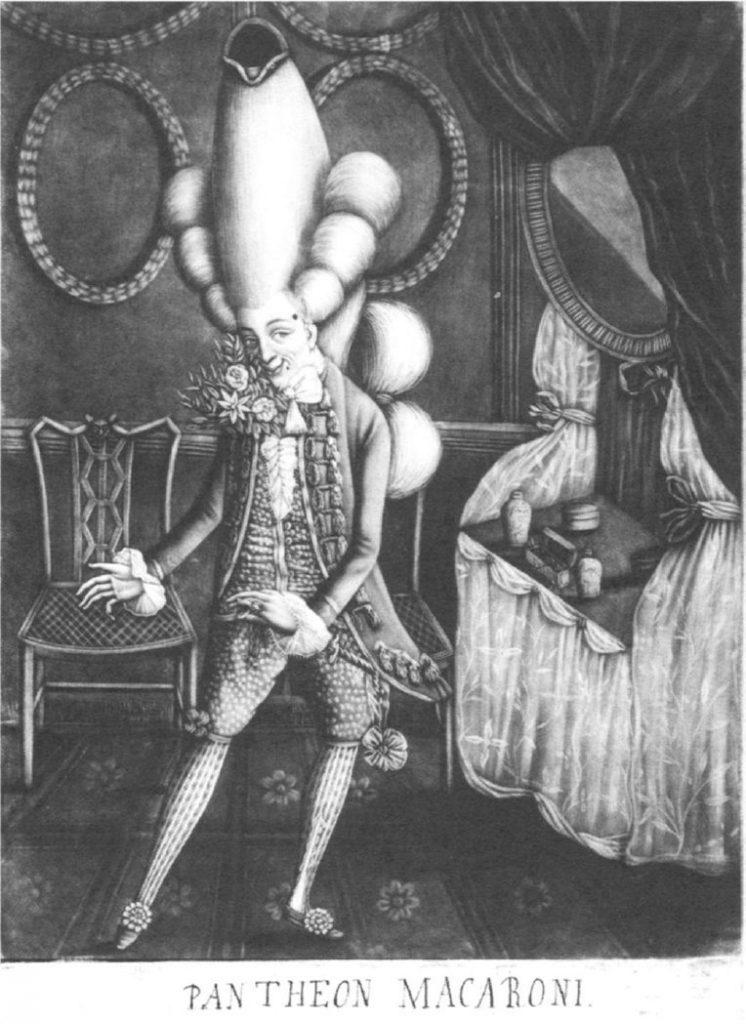
This was a trend in the mid-18th century that appealed to young French men: they would wear massive wigs with tiny hats. It may seem useless and strange to us but many people in the past and future would find trends of today very weird too, such as wearing headbands when you aren’t exercising or wearing sunglasses that are too small, or have shutters through them, or even wearing glasses when you don’t need them.
New Trend
But it’s not all on the Georgians for making weird make-up choices; some of today’s latest trends include putting your lips inside a bottle to make them bigger, having ‘squiggle brows’ and also ‘nose hair extensions’.
Old Trend
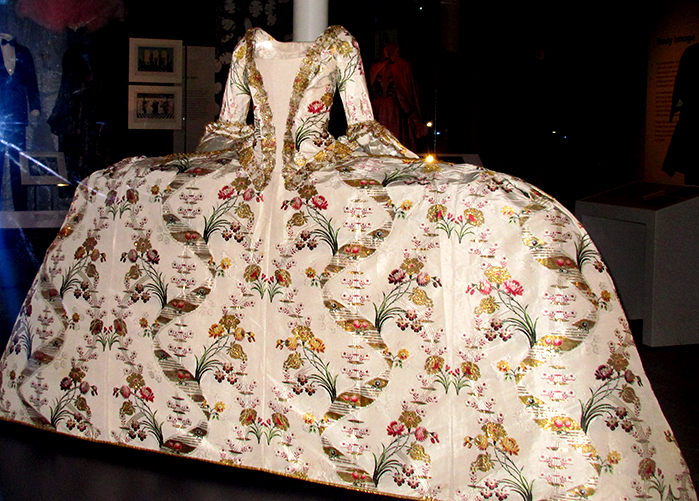
Throughout history, women have faced harsh expectations of how to dress, such as wearing wooden corsets (which were in some ways very harmful) to give them a tiny waist. Over time, women began to wear much more comfortable clothing, like the clothes worn today. We now have unisex clothing, and expectations have changed.
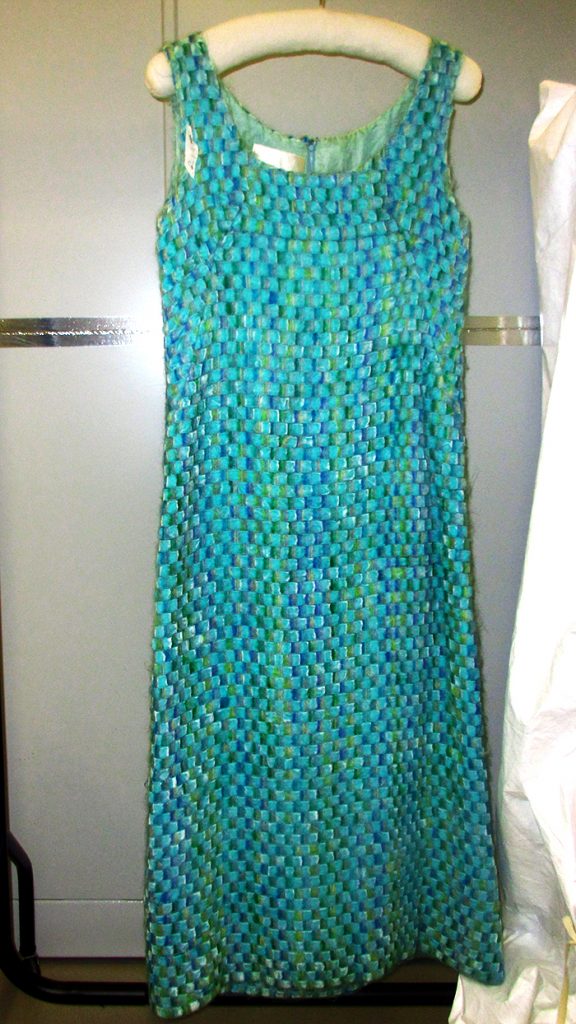

To conclude, I think old trends were much more dangerous but made a bit of sense, however, modern trends are completely random and not practical.